2025 |
||||
| 9. | 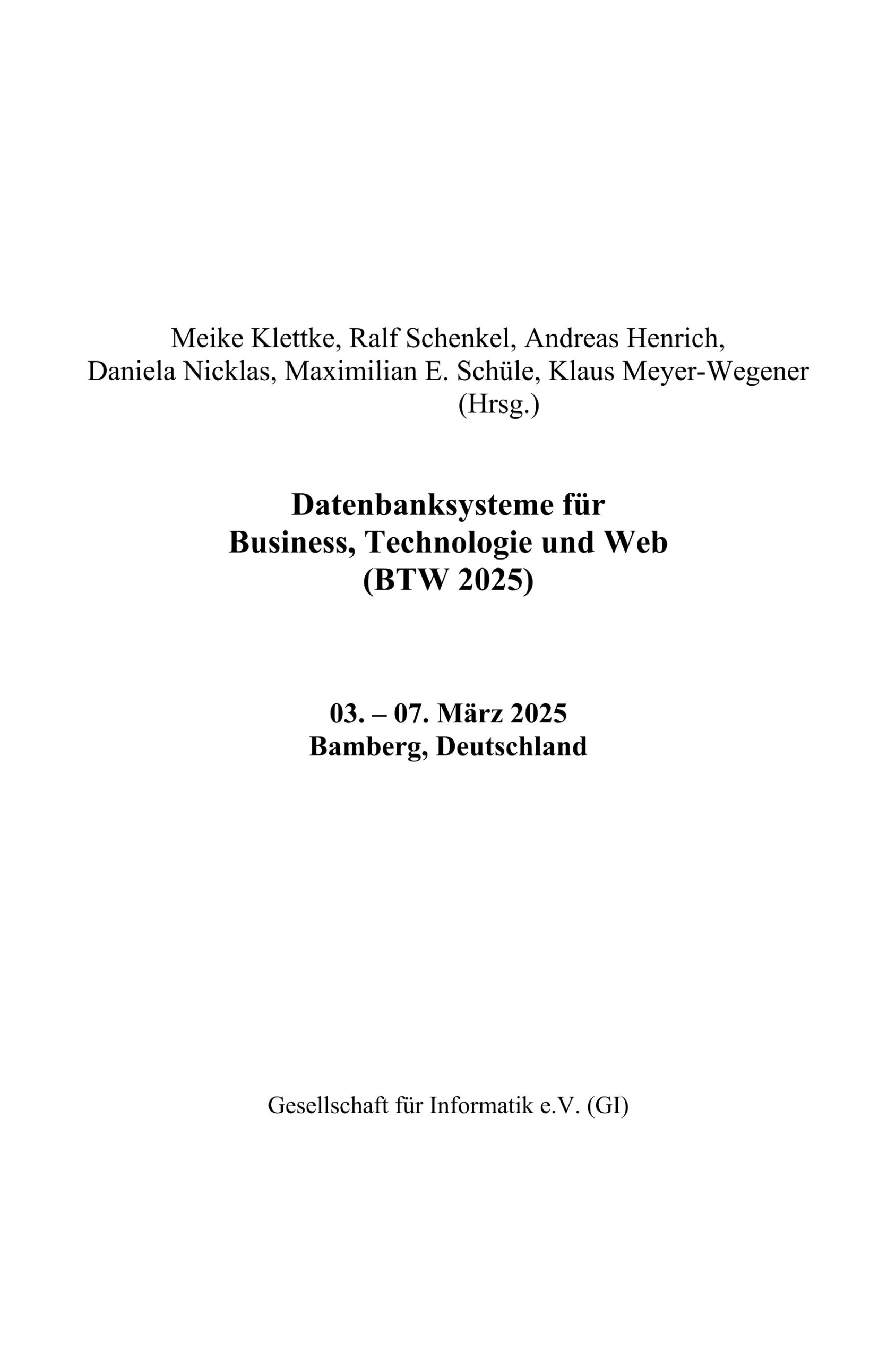 | Burkhardt, Dirk; Ristow, Gerald Enabling Smart Manufacturing with Visual Analytics for Plant Workers Proceedings Article In: Klettke, Meike; Schenkel, Ralf; Henrich, Andreas; Nicklas, Daniela; Schüle, Maximilian E.; Meyer-Wegener, Klaus (Ed.): Datenbanksysteme für Business, Technologie und Web (BTW 2025), pp. 665-678, Gesellschaft für Informatik, Bonn, 2025, ISSN: 2944-7682. Abstract | Links | BibTeX | Dimensions | PlumX | Tags: Human-Computer Interaction, Internet of Things, Smart Manufacturing, User-Centered Design, Visual Analytics @inproceedings{Burkhardt2025,Smart manufacturing is increasingly making use of visual analytics to optimize production or to identify early problem signs. However, current solutions and approaches require professionals, especially from the data science area, to make use of it, which is for most production companies not affordable. In this paper, we describe first a best practice to sensorize plants from the wood and beverage industry to enable smart manufacturing in general. Second, we describe a new approach that aims at providing easy-to-use visual analytics functionalities that are designed to be used directly by plant workers. Plant workers usually have encompassing experience in the production and the plant, but lack of computer experience and corresponding mathematical knowledge for data analysis. Through lowering the barriers for plant workers in performing data analysis of the IoT sensors with simplified and almost automated analysis functions would give them the ability to gain insights into the production and achieve similar production optimizations and problem preventions as data science experts could. The main contributions of this article are on the one hand the best practice of how production lines of the wood and beverage industry could be made ready for smart manufacturing, but also an approaches that enable non-data scientists, especially plant workers, to perform sufficient analysis about optimal production settings and early problem cause identification. | ||
2019 |
||||
| 8. | 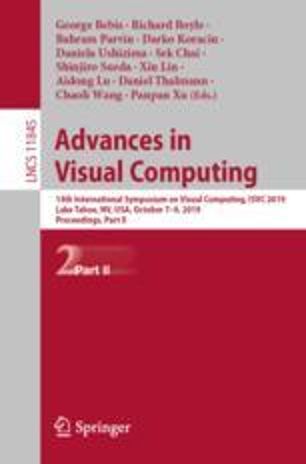 | Nazemi, Kawa; Burkhardt, Dirk A Visual Analytics Approach for Analyzing Technological Trends in Technology and Innovation Management Proceedings Article In: Bebis, George; Boyle, Richard; Parvin, Bahram; Koracin, Darko; Ushizima, Daniela; Chai, Sek; Sueda, Shinjiro; Lin, Xin; Lu, Aidong; Thalmann, Daniel; Wang, Chaoli; Xu, Panpan (Ed.): Advances in Visual Computing, pp. 283–294, Springer International Publishing, Cham, 2019, ISBN: 978-3-030-33723-0. Abstract | Links | BibTeX | Dimensions | PlumX | Tags: Artificial Intelligence, Data Analytics, Human Factors, Human-Centered Interfaces, Human-Computer Interaction, Information Visualization, Intelligent Systems, maschine learning, Visual Analytics @inproceedings{Nazemi2019c,Visual Analytics provides with a combination of automated techniques and interactive visualizations huge analysis possibilities in technology and innovation management. Thereby not only the use of machine learning data mining methods plays an important role. Due to the high interaction capabilities, it provides a more user-centered approach, where users are able to manipulate the entire analysis process and get the most valuable information. Existing Visual Analytics systems for Trend Analytics and technology and innovation management do not really make use of this unique feature and almost neglect the human in the analysis process. Outcomes from research in information search, information visualization and technology management can lead to more sophisticated Visual Analytics systems that involved the human in the entire analysis process. We propose in this paper a new interaction approach for Visual Analytics in technology and innovation management with a special focus on technological trend analytics. | ||
| 7. | 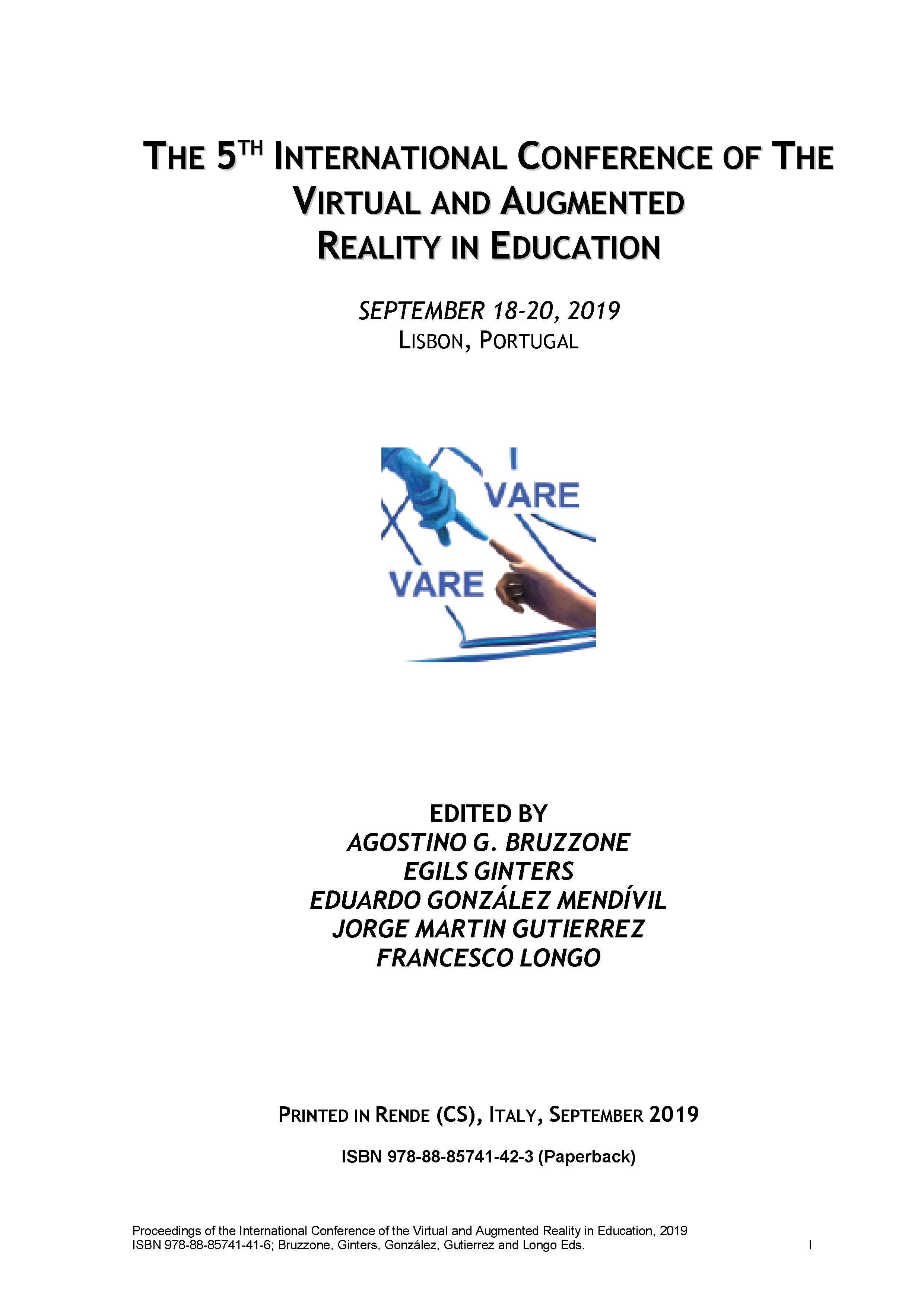 | Burkhardt, Dirk; Nazemi, Kawa; Kuijper, Arjan; Ginters, Egils A Mobile Visual Analytics Approach for Instant Trend Analysis in Mobile Contexts Proceedings Article In: 5th International Conference of the Virtual and Augmented Reality in Education (VARE2019), pp. 11–19, CAL-TEK SRL, Rende, Italy, 2019, ISBN: 978-88-85741-41-6, (Nominated for Best Paper Award). Abstract | Links | BibTeX | Dimensions | PlumX | Tags: Business Analytics, Decision Support Systems, Human-Computer Interaction, Information Visualization, Mobile Devices, Mobile Visual Analytics, Visual Trend Analysis @inproceedings{Burkhardt2019b,The awareness of market trends becomes relevant for a broad number of market branches, in particular the more they are challenged by the digitalization. Trend analysis solutions help business executives identifying upcoming trends early. But solid market analysis takes their time and are often not available on consulting or strategy discussions. This circumstance often leads to unproductive debates where no clear strategy, technology etc. could be identified. Therefore, we propose a mobile visual trend analysis approach that enables a quick trend analysis to identify at least the most relevant and irrelevant aspects to focus debates on the relevant options. To enable an analysis like this, the exhausting analysis on powerful workstations with large screens has to adopted to mobile devices within a mobile behavior. Our main contribution is the therefore a new approach of a mobile knowledge cockpit, which provides different analytical visualizations within and intuitive interaction design. | ||
2017 |
||||
| 6. | 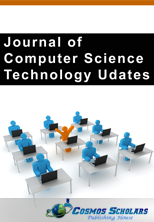 | Nazemi, Kawa; Burkhardt, Dirk; Kuijper, Arjan Analyzing the Information Search Behavior and Intentions in Visual Information Systems Journal Article In: Journal of Computer Science Technology Updates (JCSTU), vol. 4, no. 2, pp. 19–27, 2017, ISSN: 2410-2938. Abstract | Links | BibTeX | Dimensions | PlumX | Tags: Adaptive Visualization, Distant Supervision, Human-Computer Interaction, Information Retrieval, Information Search Behavior, Interactive Search, Predictive Analysis, User-Centered Design @article{Nazemi2017,Visual information search systems support different search approaches such as targeted, exploratory or analytical search. Those visual systems deal with the challenge of composing optimal initial result visualization sets that face the search intention and respond to the search behavior of users. The diversity of these kinds of search tasks require different sets of visual layouts and functionalities, e.g. to filter, thrill-down or even analyze concrete data properties. This paper describes a new approach to calculate the probability towards the three mentioned search intentions, derived from users’ behavior. The implementation is realized as a web-service, which is included in a visual environment that is designed to enable various search strategies based on heterogeneous data sources. In fact, based on an entered search query our developed search intention analysis web-service calculates the most probable search task, and our visualization system initially shows the optimal result set of visualizations to solve the task. The main contribution of this paper is a probability-based approach to derive the users’ search intentions based on the search behavior enhanced by the application to a visual system. | ||
2016 |
||||
| 5. | 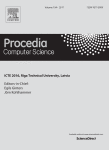 | Burkhardt, Dirk; Pattan, Sachin; Nazemi, Kawa; Kuijper, Arjan Search Intention Analysis for Task- and User-Centered Visualization in Big Data Applications Journal Article In: Procedia Computer Science. ICTE 2016, Riga Technical University, Latvia, vol. 104, pp. 539 - 547, 2016, ISSN: 1877-0509. Abstract | Links | BibTeX | Dimensions | PlumX | Tags: Human-Computer Interaction, Information Retrieval, Interactive Search, Predictive Analysis, User-Centered Design @article{Burkhardt2016,A new approach for classifying users’ search intentions is described in this paper. The approach uses the parameters: word frequency, query length and entity matching for distinguishing the user's query into exploratory, targeted and analysis search. The approach focuses mainly on word frequency analysis, where different sources for word frequency data are considered such as the Wortschatz frequency service by the University of Leipzig and the Microsoft Ngram service (now part of the Microsoft Cognitive Services). The model is evaluated with the help of a survey tool and few machine learning techniques. The survey was conducted with more than one hundred users and on evaluating the model with the collected data, the results are satisfactory. In big data applications the search intention analysis can be used to identify the purpose of a performed search, to provide an optimal initially set of visualizations that respects the intended task of the user to work with the result data. | ||
2011 |
||||
| 4. | 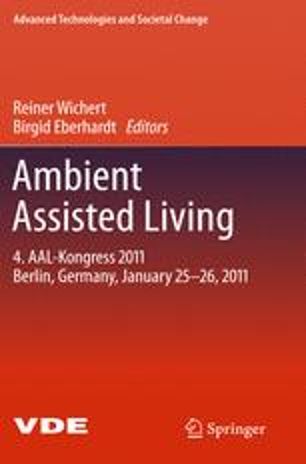 | Nazemi, Kawa; Burkhardt, Dirk; Stab, Christian; Breyer, Matthias; Wichert, Reiner; Fellner, Dieter W. Natural Gesture Interaction with Accelerometer-Based Devices in Ambient Assisted Environments Book Chapter In: Wichert, Reiner; Eberhardt, Birgid (Ed.): Ambient Assisted Living: 4. AAL-Kongress 2011, Berlin, Germany, January 25–26, 2011, Chapter 6, pp. 75–90, Springer, Berlin, Heidelberg, Germany, 2011, ISBN: 978-3-642-18167-2. Abstract | Links | BibTeX | Dimensions | PlumX | Tags: Gesture-based Interaction, Human-Centered Interfaces, Human-Computer Interaction @inbook{Nazemi2011b,Using modern interaction methods and devices enables a more natural and intuitive interaction. Currently, only mobile phones and game consoles which are supporting such gesture-based interactions have good payment-rates. This comes along, that such devices will be bought not only by the traditional technical experienced consumers. The interaction with such devices becomes so easy, that also older people playing or working with them. Especially older people have more handicaps, so for them it is difficult to read small text, like they are used as description to buttons on remote controls for televisions. They also become fast overstrained, so that bigger technical systems are no help for them. If it is possible to interact with gestures, all these problems can be avoided. But to allow an intuitive and easy gesture interaction, gestures have to be supported, which are easy to understand. Because of that fact, in this paper we tried to identify intuitive gestures for common interaction scenarios on computer-based systems for uses in ambient assisted environment. In this evaluation, the users should commit their opinion of intuitive gestures for different presented scenarios/tasks. Basing on these results, intuitively useable systems can be developed, so that users are able to communicate with technical systems on more intuitive level using accelerometer-based devices. | ||
2010 |
||||
| 3. | Burkhardt, Dirk; Hofmann, Cristian Erik; Nazemi, Kawa; Stab, Christian; Breyer, Matthias; Fellner, Dieter W. Intuitive Semantic-Editing for regarding Needs of Domain-Experts Proceedings Article In: Herrington, J.; Montgomerie, C. (Ed.): Proceedings of ED-MEDIA 2010--World Conference on Educational Multimedia, Hypermedia & Telecommunications, pp. 860–869, Association for the Advancement of Computing in Education (AACE), Waynesville, NC, 2010, ISBN: 978-1-880094-81-5. Abstract | Links | BibTeX | Tags: Human-Computer Interaction, Ontology, Semantic Editing, Semantic Web, User-Centered Interaction @inproceedings{Burkhardt2010,Ontologies are used to represent knowledge and their semantic information from different topics, to allow users a better way to explore knowledge and find information faster, because of the data-structuring. To achieve a well filled knowledgebase, editors have to be used, to enter new and to edit existing information. But most of the existing ontology-editors are designed for experienced ontology-experts. Experts from other topic fields e.g. physicians are often novices in the area of ontology-creating, they need adequate tools, which hide the complexity of ontology-structures. In the area of e-learning experts are also teachers as well. In this paper we will present a method, how the needs of domain-experts can be regarded and so an editor can designed, which allows an editing and adding of information by users without having experiences of creating ontologies. With such an editor domain-experts are able to commit their expert-knowledge into the ontology. | |||
| 2. | Hofmann, Cristian Erik; Burkhardt, Dirk; Breyer, Matthias; Nazemi, Kawa; Stab, Christian; Fellner, Dieter W. Towards a Workflow-based Design of Multimedia Annotation Systems Proceedings Article In: Herrington, J.; Montgomerie, C. (Ed.): Proceedings of ED-MEDIA 2010 - World Conference on Educational Multimedia, Hypermedia & Telecommunications, pp. 1224–1233, Association for the Advancement of Computing in Education (AACE), Waynesville, NC, 2010, ISBN: 978-1-880094-81-5 . Abstract | Links | BibTeX | Tags: Algorithm, Human-Computer Interaction, Multimedia Annotation System, Workflow @inproceedings{Hofmann2010,Annotation techniques for multimedia contents have found their way into multiple areas of daily use as well as professional fields. A large number of research projects can be assigned to different specific subareas of digital annotation. Nevertheless, the annotation process, bringing out multiple workflows depending on different application scenarios, has not sufficiently been taken into consideration. A consideration of respective processes and workflows requires detailed knowledge about practices of digital multimedia annotation. In order to establish fundamental groundwork towards workflow-related research, this paper presents a comprehensive process model of multimedia annotation which results from a conducted empirical study. Furthermore, we provide a survey of the tasks that have to be accomplished by users and computing devices, tools and algorithms that are used to handle specific tasks, and types of data that are transferred between workflow steps. These aspects are assigned to the identified sub-processes of the model. | |||
2009 |
||||
| 1. | 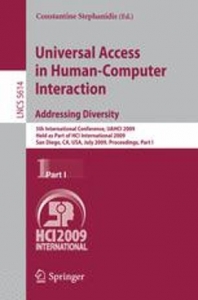 | Burkhardt, Dirk; Nazemi, Kawa; Bhatti, Nadeem; Hornung, Christoph Technology Support for Analyzing User Interactions to Create User-Centered Interactions Proceedings Article In: Stephanidis, Constantine (Ed.): Universal Access in Human-Computer Interaction. Addressing Diversity, pp. 3–12, Springer Berlin Heidelberg, Berlin, Heidelberg, 2009, ISBN: 978-3-642-02707-9. Abstract | Links | BibTeX | Dimensions | PlumX | Tags: Gesture Recognition, Human-Computer Interaction, User-Centered Interaction @inproceedings{Burkhardt2009,Alternative interaction devices become more important in the communication between users and computers. Parallel graphical User Interfaces underlay a continuous development and research. But today does no adequate connection exist between these both aspects. So if a developer wants to provide an alternative access over more intuitive interaction devices, he has to implement this interaction-possibility on his own by regarding the users perception. A better way to avoid this time-consuming development-process is presented in this paper. This method can easy implement by a developer and users get the possibility to interact on intuitive way. | ||
2025 |
||||
| 9. |  | Enabling Smart Manufacturing with Visual Analytics for Plant Workers Proceedings Article In: Klettke, Meike; Schenkel, Ralf; Henrich, Andreas; Nicklas, Daniela; Schüle, Maximilian E.; Meyer-Wegener, Klaus (Ed.): Datenbanksysteme für Business, Technologie und Web (BTW 2025), pp. 665-678, Gesellschaft für Informatik, Bonn, 2025, ISSN: 2944-7682. | ||
2019 |
||||
| 8. |  | A Visual Analytics Approach for Analyzing Technological Trends in Technology and Innovation Management Proceedings Article In: Bebis, George; Boyle, Richard; Parvin, Bahram; Koracin, Darko; Ushizima, Daniela; Chai, Sek; Sueda, Shinjiro; Lin, Xin; Lu, Aidong; Thalmann, Daniel; Wang, Chaoli; Xu, Panpan (Ed.): Advances in Visual Computing, pp. 283–294, Springer International Publishing, Cham, 2019, ISBN: 978-3-030-33723-0. | ||
| 7. |  | A Mobile Visual Analytics Approach for Instant Trend Analysis in Mobile Contexts Proceedings Article In: 5th International Conference of the Virtual and Augmented Reality in Education (VARE2019), pp. 11–19, CAL-TEK SRL, Rende, Italy, 2019, ISBN: 978-88-85741-41-6, (Nominated for Best Paper Award). | ||
2017 |
||||
| 6. |  | Analyzing the Information Search Behavior and Intentions in Visual Information Systems Journal Article In: Journal of Computer Science Technology Updates (JCSTU), vol. 4, no. 2, pp. 19–27, 2017, ISSN: 2410-2938. | ||
2016 |
||||
| 5. |  | Search Intention Analysis for Task- and User-Centered Visualization in Big Data Applications Journal Article In: Procedia Computer Science. ICTE 2016, Riga Technical University, Latvia, vol. 104, pp. 539 - 547, 2016, ISSN: 1877-0509. | ||
2011 |
||||
| 4. |  | Natural Gesture Interaction with Accelerometer-Based Devices in Ambient Assisted Environments Book Chapter In: Wichert, Reiner; Eberhardt, Birgid (Ed.): Ambient Assisted Living: 4. AAL-Kongress 2011, Berlin, Germany, January 25–26, 2011, Chapter 6, pp. 75–90, Springer, Berlin, Heidelberg, Germany, 2011, ISBN: 978-3-642-18167-2. | ||
2010 |
||||
| 3. | Intuitive Semantic-Editing for regarding Needs of Domain-Experts Proceedings Article In: Herrington, J.; Montgomerie, C. (Ed.): Proceedings of ED-MEDIA 2010--World Conference on Educational Multimedia, Hypermedia & Telecommunications, pp. 860–869, Association for the Advancement of Computing in Education (AACE), Waynesville, NC, 2010, ISBN: 978-1-880094-81-5. | |||
| 2. | Towards a Workflow-based Design of Multimedia Annotation Systems Proceedings Article In: Herrington, J.; Montgomerie, C. (Ed.): Proceedings of ED-MEDIA 2010 - World Conference on Educational Multimedia, Hypermedia & Telecommunications, pp. 1224–1233, Association for the Advancement of Computing in Education (AACE), Waynesville, NC, 2010, ISBN: 978-1-880094-81-5 . | |||
2009 |
||||
| 1. |  | Technology Support for Analyzing User Interactions to Create User-Centered Interactions Proceedings Article In: Stephanidis, Constantine (Ed.): Universal Access in Human-Computer Interaction. Addressing Diversity, pp. 3–12, Springer Berlin Heidelberg, Berlin, Heidelberg, 2009, ISBN: 978-3-642-02707-9. | ||
